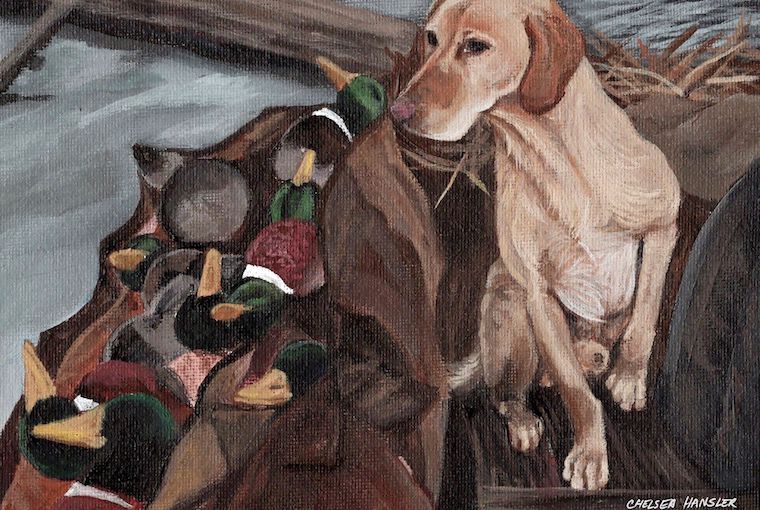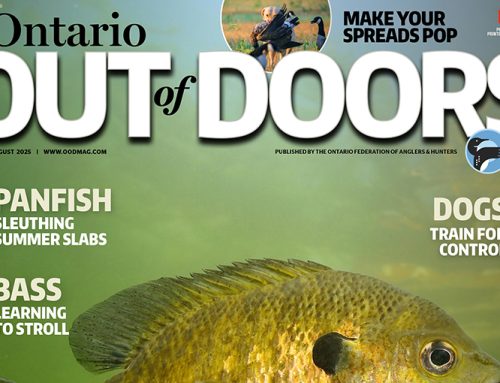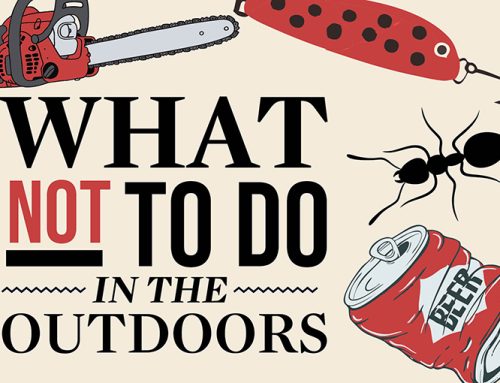
Many issues with dogs are the result of conditioning and not their genes. These common pitfalls should be avoided if you plan to train an effective hunting partner, and have a well-behaved dog at home.
1. Repeating commands
Say it once and help the dog to succeed in obeying. For example, if you tell the pup to stay and it moves, gently pick it up and place it where it should have stayed and praise it for being there. If you repeat the command three times, you are teaching it to obey on the third time or at its own convenience.
2. Yelling at the pup to come
Why would the pup want to be near someone who is towering over and screaming at it? Kneel down and reward the pup with praise or an ear rub for being near you and it will learn to come.
3. Not teaching hand signals
Dogs are experts at reading and responding to visual clues which connect more solidly in the dog’s psyche than voice commands. Keep verbal commands to one word and overlay them with hand signals. They will be useful at times when the dog can’t hear you or loses hearing later in life.
4. Not kennel training
Pups like and want their own secure little den or kennel. A dog that sleeps in its own kennel from puppyhood is easier to house train because it won’t foul its own den and can be taken outside immediately from the kennel to relieve itself. It also makes a better traveller because it can travel safely in the kennel and its security goes with it. A dog loose in the cab is dangerous and dirties up the truck if it is wet and muddy after hunting.
5. Skipping sound conditioning
If you want a gun-shy dog, take it to the duck blind without introducing noise gradually. When the first flight of ducks comes in and a volley of three-inch shells goes off, the dog will leap into the air, bare every tooth, then head for home like its tail is on fire. It will hate shotguns and duck blinds for the rest of its life.
6. Letting the pup pull on its leash
If you keep walking while the pup is pulling, you are teaching it to pull because it gets what it wants by pulling, which is to keep going. Help the pup learn that it can only keep going if the leash is slack. As soon as pup pulls, stop walking. Call him to you and begin walking as soon as the leash is slack. He will learn that pulling causes him to stop and a slack leash allows him to keep going.
7. Jerking the leash while the dog is near you
If you do this, you are punishing the dog for being near you making it harder to teach come and heel. When teaching the pup to walk at heel or to come its far better to reward it for being near you.
8. Too much unstructured retrieving
If the retriever pup gets to chase endless dummies or balls the instant they are thrown, without having to wait, it will never learn to be calm and disciplined in the duck blind. It will leap out of the blind the instant guns are shouldered. Make the pup wait calmly for your signal to retrieve. A dog that waits calmly can then be taught hand signals to direct it to birds it didn’t see fall.
9. Being harsh with a pointer for busting a bird
Young pointers have to learn by their own experience how close they can get to a game bird without flushing it. If they receive harsh discipline every time they flush one by mistake they will soon learn avoid bird scent rather than follow it toward the bird.
10. Using an electronic collar as a training crutch
An electronic collar doesn’t make you a dog trainer or teach a dog anything. It can only reinforce what you have already taught. If the dog doesn’t already understand what is expected of it, being stimulated by the collar will make your dog confused and insecure. An e-collar is a finishing tool to help a dog reliably obey known commands at a distance. Properly used, it will reward the dog with the tone or vibrate feature far more often than negative correction with the electric stimulation. When a collar is used right, a dog will eagerly come to have the collar put on its neck because it knows it’s fun time.
Originally published in the June 2022 issue of Ontario OUT of DOORS






Leave A Comment